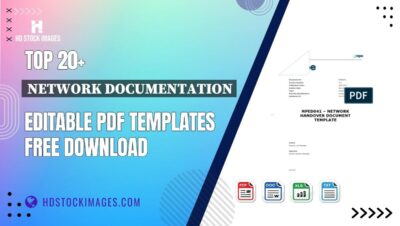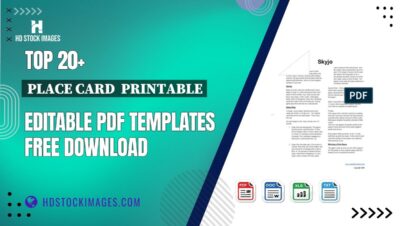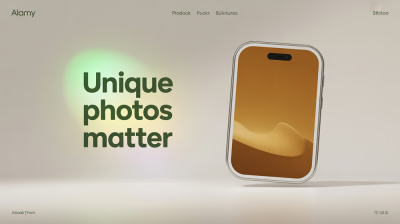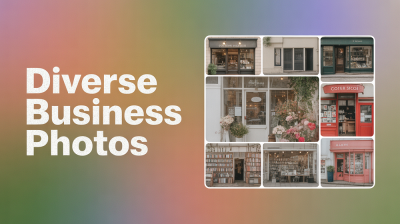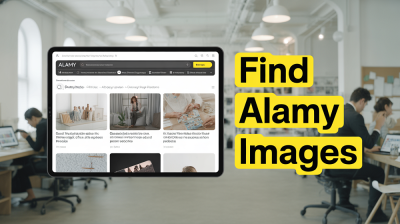In today's digital age, privacy is more crucial than ever, especially on platforms like LinkedIn, where professionals connect and network. While LinkedIn is a fantastic tool for career advancement, it can also expose your personal contact information to unwanted attention. Understanding how to manage your privacy settings is essential for maintaining control over who sees your data. Let's dive into some important insights about
Why You Should Consider Hiding Your Contact Information
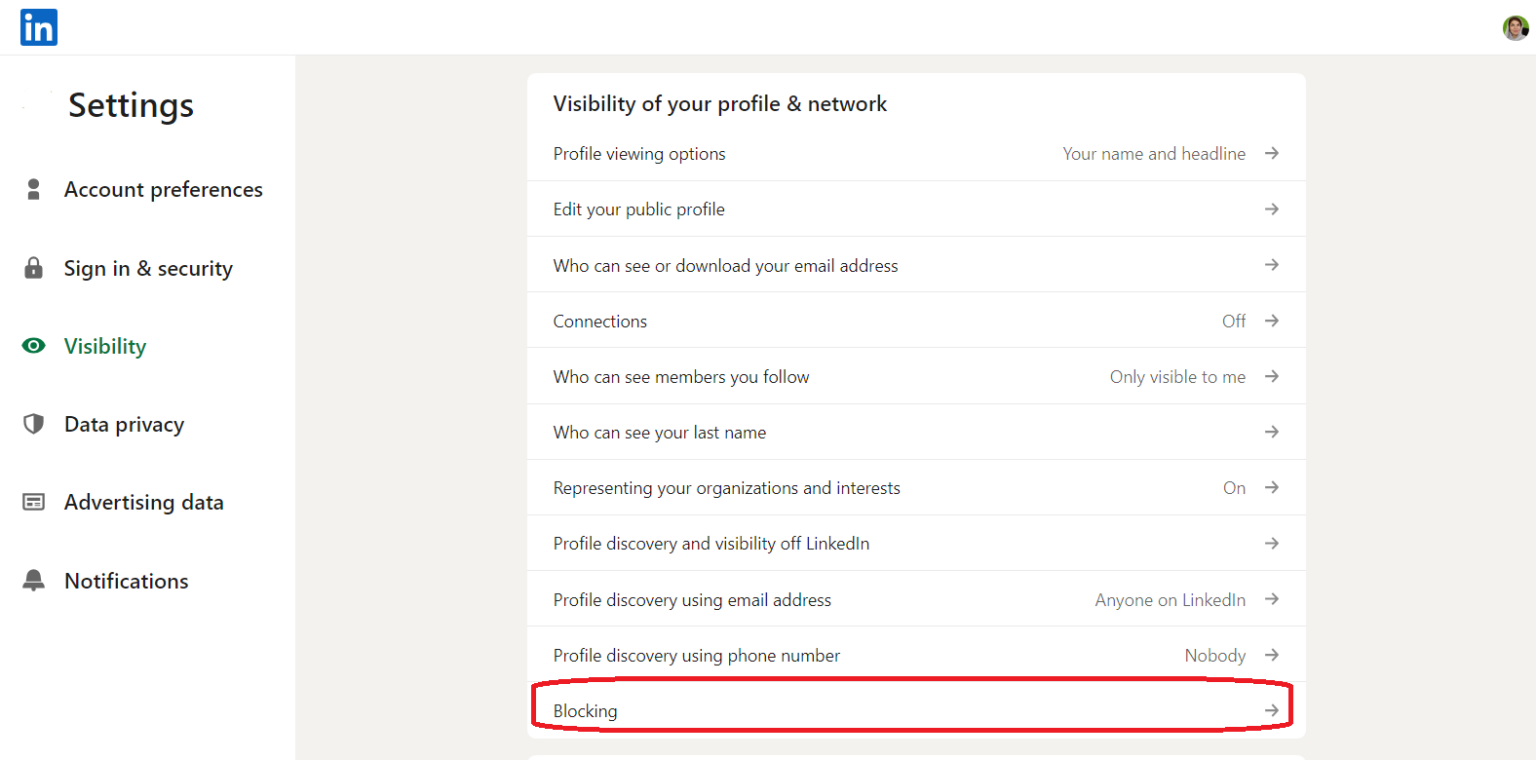
So, why should you think about keeping your contact details under wraps on LinkedIn? Here are a few compelling reasons:
- Prevent Unwanted Solicitation: Keeping your contact information private can help you avoid spam messages and unwanted sales pitches. You never know who might try to reach out with an agenda!
- Protect Your Personal Space: By hiding your phone number or email, you can maintain a boundary between your professional and personal life. This is especially important if you prefer to keep your networking efforts strictly business-related.
- Enhance Your Professional Image: Having a polished LinkedIn profile without excessive personal information can make you appear more professional. This can attract the right opportunities without overwhelming potential connections with too much info.
- Control Your Narrative: When you limit the exposure of your contact information, you have greater control over the narrative you want to present. You choose how and when to connect with others.
Moreover, in an era where data breaches are increasingly common, safeguarding your information becomes even more vital. Imagine a scenario where your email address is leaked, leading to unwanted harassment or identity theft. By taking simple steps to conceal your contact details, you minimize these risks significantly.
In summary, hiding your contact information on LinkedIn is not just about privacy; it's about creating a professional presence that reflects your values and goals. So, as you build your profile and network, consider what aspects of your contact information you want to keep private. Your peace of mind is worth it!
Also Read This: What to Say to a Recruiter on LinkedIn After Submitting a Job Application
3. Steps to Adjust Your LinkedIn Privacy Settings
Adjusting your LinkedIn privacy settings is essential for maintaining control over who sees your contact information. Here’s how to do it in just a few simple steps:
- Log into Your LinkedIn Account: Start by logging into your LinkedIn profile. You can do this on a computer or through the mobile app.
- Go to Settings & Privacy: Click on your profile picture in the top right corner. From the dropdown menu, select "Settings & Privacy."
- Access the Privacy Tab: Once you're in the settings, navigate to the "Privacy" tab. This is where you can control various aspects of your profile’s visibility.
- Adjust Profile Visibility: Under the "Profile visibility" section, you can choose who can see your profile. Options typically include "Public," "Connections," or "Only you." For enhanced privacy, consider selecting "Connections" or "Only you."
- Control Your Activity Broadcasts: If you want to keep your activities private, find the option labeled "Share profile updates with your network." Turn this off to prevent your connections from being notified when you make changes to your profile.
- Manage Your Connections: In the same tab, look for options related to your connections. You can set who can send you connection requests and who can see your connections.
- Save Your Changes: After making adjustments, be sure to save your settings. LinkedIn usually does this automatically, but it’s good to double-check!
By following these steps, you’ll ensure that your LinkedIn profile is tailored to your privacy preferences. It’s all about finding the right balance between networking and maintaining your privacy. So take a few moments to review these settings regularly!
Also Read This: Adding Projects to LinkedIn: A Complete Step-by-Step Guide
4. Managing Who Can See Your Contact Information
Your contact information on LinkedIn is crucial for professional networking, but you might not want everyone to have easy access to it. Here’s how to manage who can see this vital information:
- Navigate to Settings Again: Just like before, go back to the "Settings & Privacy" section where you adjusted your profile visibility.
- Locate the "Data Privacy" Section: Under the "Privacy" tab, scroll down to find the "How others see your LinkedIn activity" section. Here, you can control the visibility of your contact information.
- Contact Info Visibility: Look for "Who can see your contact info." You can choose options like "All LinkedIn members," "Your connections," or "Only you." For maximum privacy, consider selecting "Only you."
- Customize Your Information: You can also control which specific contact details are visible. For instance, you might want to share your email address only with certain connections while keeping your phone number private.
- Utilize the “Connections” Option: If you’re open to sharing your contact info but want to limit it to trusted individuals, consider selecting "Connections only.” This way, only people you’re connected with can see your information.
- Regularly Review Your Settings: Privacy settings aren’t a one-time deal. Make it a habit to review your LinkedIn privacy settings every few months to ensure they align with your current networking goals.
Taking these steps will empower you to manage who sees your contact information effectively. Remember, it’s all about creating connections while maintaining the level of privacy you’re comfortable with!
Also Read This: How to Delete a Message on LinkedIn: Tips for Removing Unwanted Content
5. Using LinkedIn's Privacy Features Effectively
LinkedIn offers a variety of privacy settings that can help you control who sees your personal information. To make the most of these features, follow these straightforward steps:
- Profile Visibility: Navigate to Settings & Privacy and adjust your profile's visibility. You can choose to make your profile visible only to your connections or limit it to only your network. This is especially useful if you want to keep your career moves under wraps.
- Who Can See Your Connections: By default, your connections can see your other connections. However, you can change this in the settings to ensure your network remains private. Select Only you to keep your connections confidential, ensuring that prying eyes can't see your professional network.
- Profile Viewing Options: You have the option to browse profiles anonymously. If you’re researching competitors or potential employers, this is a handy feature. Just toggle to Anonymous LinkedIn Member to maintain your privacy.
- Turn Off Activity Broadcasts: Every time you update your profile, LinkedIn notifies your connections. If you want to make changes quietly, go to the Settings & Privacy section and turn off activity broadcasts. This way, you can manage your updates without drawing attention.
Utilizing these privacy features effectively allows you to protect your contact information and manage your presence on LinkedIn without unnecessary exposure. Tailor these settings based on your comfort level and career goals. Remember, your profile is your digital brand—keeping it secure is paramount.
6. Additional Tips for Enhancing Your LinkedIn Privacy
Beyond using LinkedIn's built-in privacy settings, there are other strategies to enhance your privacy on the platform. Here are some additional tips that can further safeguard your contact information:
- Limit Profile Information: Be selective about the information you include in your profile. While it’s important to showcase your skills and experience, avoid sharing sensitive details like your phone number and personal address. Instead, consider setting up a professional email for LinkedIn communications.
- Custom URL: Instead of using the default LinkedIn URL, create a custom URL that doesn’t include your full name. This minimizes the chances of your profile being easily searchable and adds a layer of anonymity.
- Be Cautious with Connection Requests: Only accept connection requests from people you know or have interacted with professionally. This reduces the risk of unwanted solicitations and keeps your network more secure.
- Regularly Review Your Connections: Periodically clean up your connections by removing anyone who no longer aligns with your professional goals. This ensures your network remains relevant and minimizes the exposure of your information.
- Utilize Third-Party Tools Cautiously: If you’re using any third-party tools for LinkedIn, make sure they’re reputable. Some tools may require access to your profile and could compromise your privacy.
Enhancing your LinkedIn privacy requires a proactive approach. By implementing these tips alongside LinkedIn's privacy settings, you can create a safer online presence while effectively networking with others in your industry. Always remember, privacy is not just about hiding; it’s about controlling your narrative in the professional world!
 admin
admin